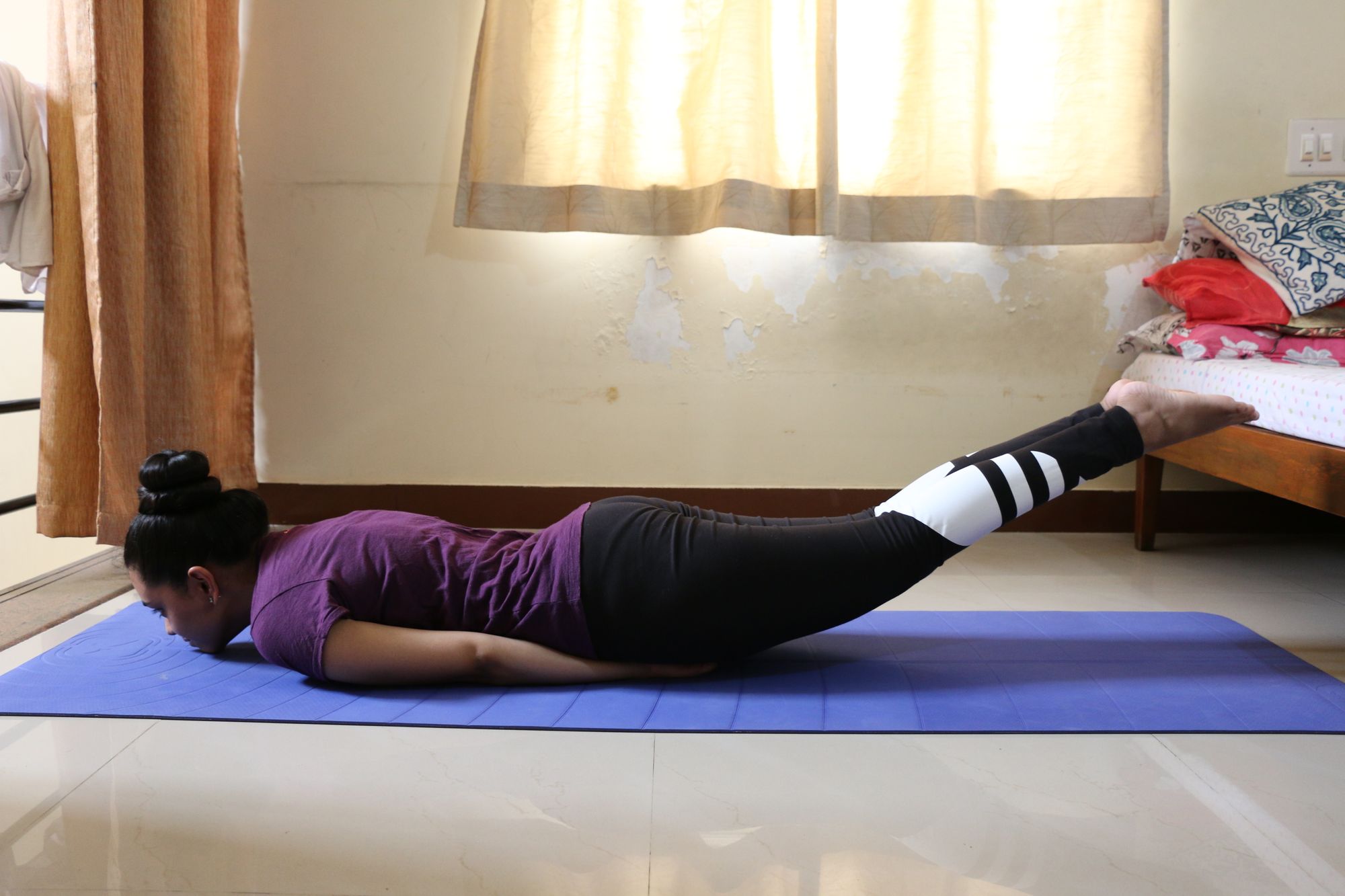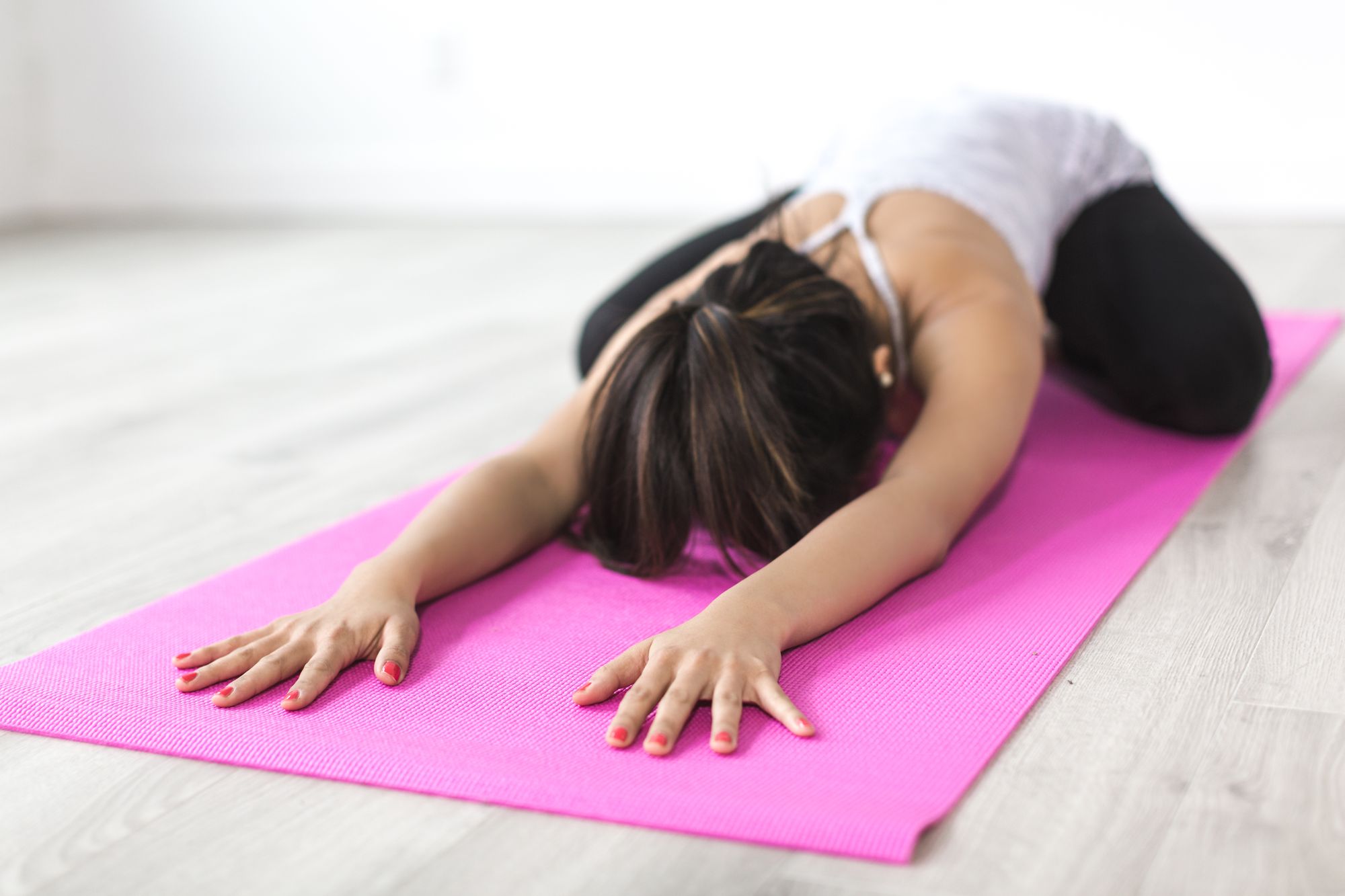3 Yoga poses you should avoid if you are diabetic
Diabetes mellitus is a metabolic disorder characterised by increased blood sugar level, that occurs either due to insulin deficiency or insulin resistance.
Diabetes mellitus is a metabolic disorder characterised by increased blood sugar level, that occurs either due to insulin deficiency or insulin resistance.
Diabetes is often associated with secondary damage in multiple organ systems, especially the kidneys, eyes, nerves, and blood vessels (Kumar, Vinay Abbas, Abul Aster, 2013).
According to the American Diabetes Association (ADA) and the World Health Organization (WHO), diagnostic criteria for diabetes include the following:
1. A fasting plasma glucose greater than or equal to 126 mg/dL, and/or
2. A random plasma glucose greater than or equal to 200 mg/dL, and/or
3. A 2-hour plasma glucose greater than or equal to 200 mg/dL during an oral glucose tolerance test with a loading dose of 75 gm, and/or
4. A glycated haemoglobin (HbA1C) level greater than or equal to 6.5%
Conventional management of type 2 diabetes generally includes oral anti-diabetic drugs or insulin supplements or a combination of the above two.
Does Yoga Help in Treating Diabetes?
India has the second largest diabetic population in the world, after China. This not only is a danger to the health of the country but also adds a significant economic burden (Yesudian et al., 2014).
Conventional oral anti-diabetic medicines act by reducing the blood sugar levels. But they don’t treat the root cause of the disease. Diabetes can only truly be reversed if the following are achieved:
1. Regeneration of the beta cells of the pancreas (these cells produce insulin)
2. Improve the body’s insulin sensitivity
And these can be achieved by proper dietary modification and regular exercise.
Scientific evidence has shown us the remarkable benefits of yoga practice in the management of diabetes. A study published in the journal of preventive medicine found that regular yoga practice was linked with better control of sugar levels in diabetics. Not only this but, it was also associated with significant improvements in lipid profile, blood pressure, body mass index, waist/hip ratio and cortisol levels (Thind et al., 2017).
If you would like to know more about the benefits of yoga for diabetes, check out this video by Dr Apar Saoji.
Yoga is Not Without its Own Dangers
Yoga is a double-edged sword as it has numerous benefits for diabetics, though it can prove to be fatal if practiced without correct guidance and supervision.
Yoga is not just a workout regimen. It is a preventive and curative system of medicine. And just like every medicine, its effects are best seen when it is used in the right way, prescribed by a registered BNYS practitioner or yoga doctor.
You would be surprised to know that these yoga postures could do more harm than good for you:
1. Shirasasana

Diabetic retinopathy occurs in patients who have had diabetes for at least five years. Diseased small blood vessels in the back of the eye cause the leakage of protein and blood in the retina. Disease in these blood vessels also causes the formation of small aneurysms (micro aneurysms), and new but brittle blood vessels (neovascularization). Spontaneous bleeding from the new and brittle blood vessels can lead to retinal scarring and retinal detachment, thus impairing vision.
Individuals with diabetes should avoid all inversions as a complication of this condition causes hardening of the small blood vessels in the eyes. This makes them more susceptible to damage from the increase in blood pressure in the head (Halpern, n.d.).
Shirasasana or the headstand should therefore be avoided by diabetics.
2. Shalabhasana

Scientific evidence has suggested that the practice of shalabhasana or locust pose in fact increases the blood glucose levels (Singh et al., 2001).
It is therefore not advisable to practice it for people suffering from diabetes for a long time.
3. Yoga mudra

Yoga mudra is a posture generally practices after prayer in order to bow down and receive blessings. It can be practiced in two variations (1) in padmasana or (2) in vajrasana.
But the practice of this posture is also known to increase the fasting blood glucose levels in diabetics (Singh et al., 2001).
Conclusion
Though yoga is a cost-effective and non-invasive measure to treat diabetes, it is not without its own dangers.
Yoga has proven to benefit diabetics at physical, mental and spiritual levels thereby improving quality of life and leading to better health outcomes. But all the effects of this ancient Indian practice can only be achieved when it is practiced in the right way and under proper guidance.
References
Halpern, M. (n.d.). Yoga and Ayurveda: Children of the Vedic Teachings.
Kumar, Vinay Abbas, Abul Aster, J. (2013). Robbins Basic Pathology. In Elsevier: Vol. №3 (10th ed.). Elsevier B.V.
Singh, S., Malhotra, V., Singh, K. P., Sharma, S. B., Madhu, S. V., & Tandon, O. P. (2001). A preliminary report on the role of yoga asanas on oxidative stress in non-insulin dependent diabetes mellitus. Indian Journal of Clinical Biochemistry, 16(2), 216–220. https://doi.org/10.1007/BF02864866
Thind, H., Lantini, R., Balletto, B. L., Donahue, M. L., Salmoirago-Blotcher, E., Bock, B. C., & Scott-Sheldon, L. A. J. (2017). The effects of yoga among adults with type 2 diabetes: A systematic review and meta-analysis. In Preventive Medicine(Vol. 105, pp. 116–126). Academic Press Inc. https://doi.org/10.1016/j.ypmed.2017.08.017
Yesudian, C. A. K., Grepstad, M., Visintin, E., & Ferrario, A. (2014). The economic burden of diabetes in India: A review of the literature. Globalization and Health, 10(1). https://doi.org/10.1186/s12992-014-0080-x
